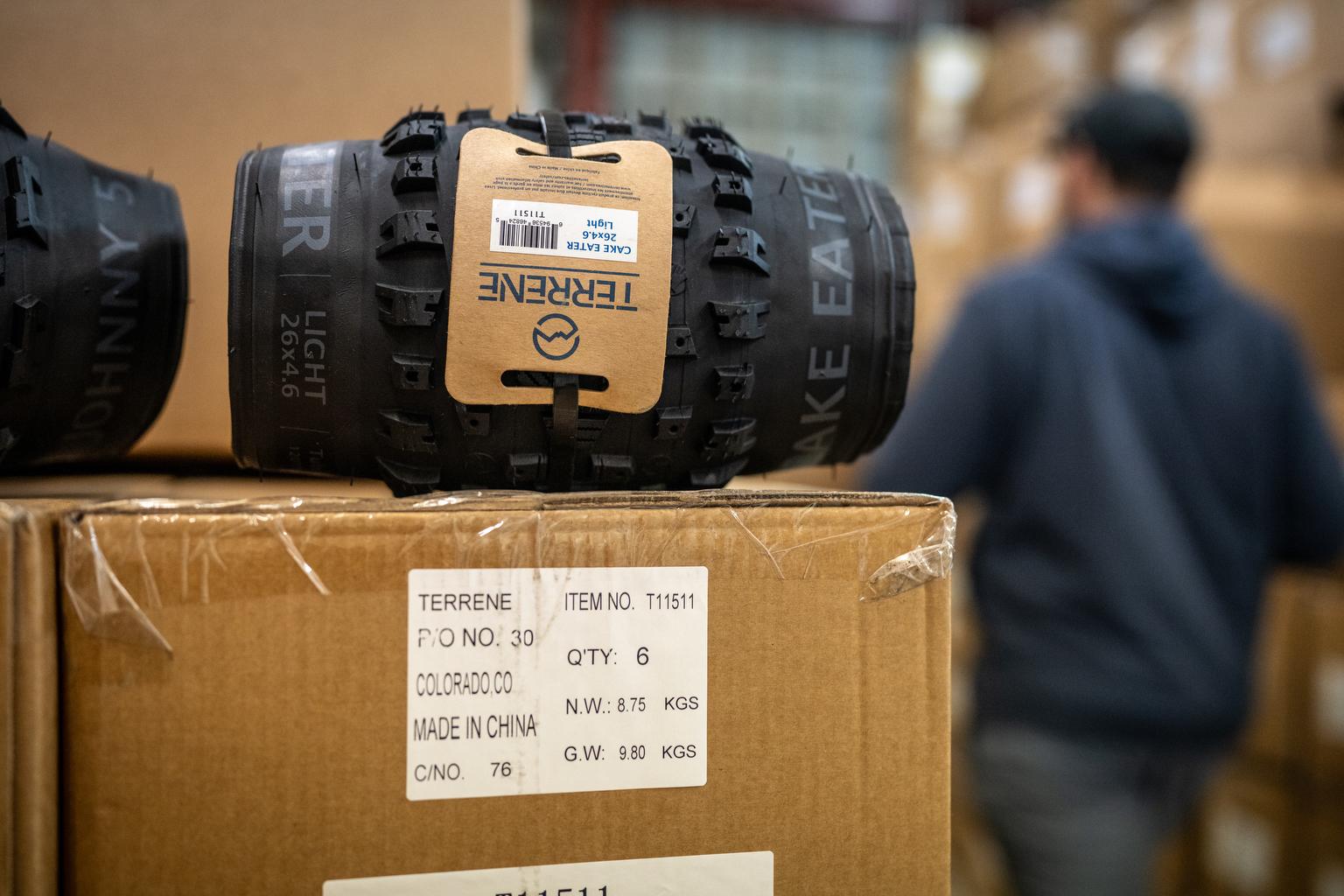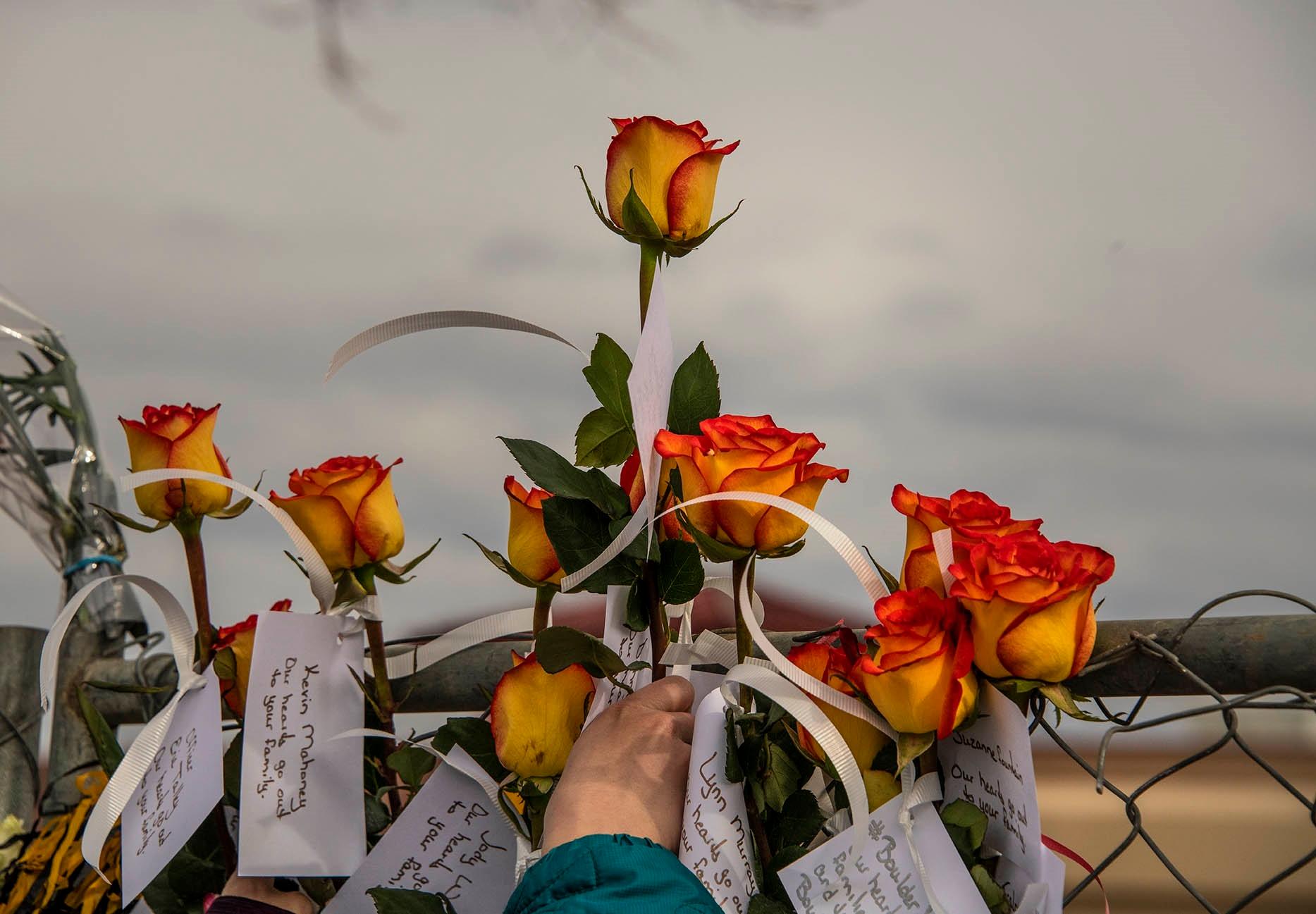
Jen Douglas remembers the noise — shattering bangs — as the first shots were fired at a Boulder King Soopers a year ago today.
Craig Christopher’s memory is of the heartbreaking silence a few hours later as a group of people sat in a room, refreshing their phones and hoping for a call, a text or any word that a loved one who had gone to the store that day was safe.
Some of those calls never came.
Ten people died at the grocery store. Thousands more in the community have spent the last year trying to recover.
Douglas and Christopher are among 70 people connected to the shootings whose portraits are featured in an exhibit at the Museum of Boulder called "Boulder Strong: Still Strong, Remembering March 22, 2021." The exhibit was created by photojournalist Ross Taylor to reflect the community’s pain and its healing.
Colorado Matters host Ryan Warner visited the museum recently, where he spoke to the photographer, along with Christopher and Douglas.
Jen Douglas
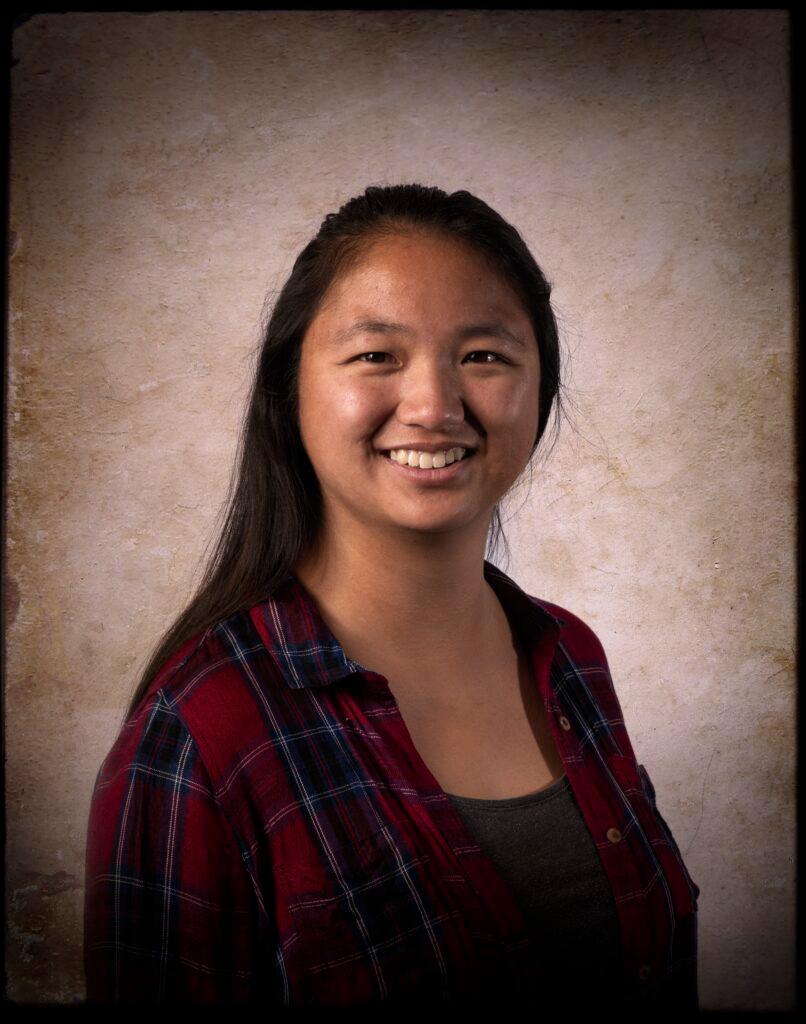
Jen Douglas went to the King Soopers that Monday afternoon to get her first COVID shot. Afterward, she shopped for a few minutes then went outside to wait for an Uber to take her to work. She was exchanging small talk with a store employee when they heard a series of loud bangs.
“They kind of felt like the earth was trembling underneath us. It just felt so visceral,” Douglas said.
The two women cowered against a wall as a victim fell in the parking lot and the gunman ran past them into the store. Then they fled to a nearby ice cream shop.
As she ran, the 22-year-old thought about the Uber driver who was on his way to get her. She texted him to stay away, but he made his way to her and took her home. Douglas doesn’t know the driver’s name, but she sat down one day and wrote him a note of gratitude: “You put yourself into unknown danger and took me home. I no longer remember your name, but you will forever be a hero in my eyes,” it reads. It has not yet been delivered.
When she got home that day, Douglas cried in her roommate’s arms, then called police to tell them what she’d seen. She spent a few days at her parents’ house in Denver’s south suburbs and then returned to the University of Colorado for a heavy load of spring and summer classes towards her major in education.
The triggers, though, were everywhere: Fireworks sounded like gunshots. When she went out in public she looked for exit signs and mapped escape routes in her head, something she still finds herself doing.
Finally, she decided to take a gap year to recover. She often visits the Boulder Strong Resource Center, which was established by the city to provide counseling and other services, and she has a job in the Boulder Valley School District working with children.
“They're like my serotonin boost every day,” she said. “They're little gremlins, but I love them. … It gives me time to take a step back and focus on my self-healing and my self-care.”
The red flannel shirt she wore to King Soopers on March 22, 2021, hung out of sight in her roommate’s closet until the day Douglas posed for the portrait that now hangs at the Museum of Boulder.
“It was a way to reclaim this article of clothing that kept this dark cloud over me,” she said. She wore it for the photograph “to show that I am more than [the shooting]. I am powerful.”
Craig Christopher
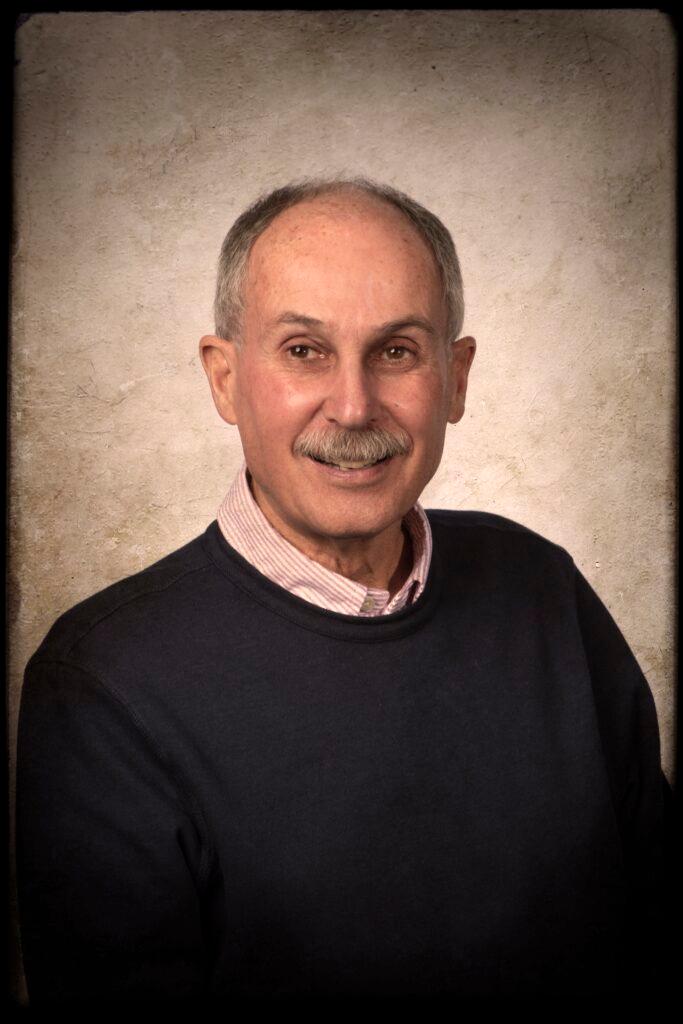
Craig Christopher has been a volunteer victim advocate for four years. He was at his day job with a Boulder transit company when he saw the first news alert about the shooting. After the second alert, he went home, called his supervisor at the Boulder Police Department and offered his help. A few hours later, he and a colleague were summoned to the CU Events Center where families were waiting for word of their loved ones.
“We listened to the police chief give updates. There was a lot of angst in the room. There was a lot of sorrow,” he said. “We moved around the room, introduced ourselves, shared our concern for them, assured them that we were going to be there at that time and in the future for them.”
The next day, Christopher was assigned to work directly with the families of two King Soopers employees who had been killed. Teri Leiker, 51, bagged groceries at the store, where she had worked for 31 years. Denny Stong, who had just turned 20 years old, had worked there for three years.
Leiker was a medal-winning special Olympian and an avid fan of the CU marching band. She and Christopher didn’t know each other, but they had an indirect connection: He works for Via Mobility Services, which serves older people and people with disabilities; Via’s passengers often booked rides just to go to Leiker’s store.
“They did that because they wanted Teri to bag their groceries. They would travel across town and do all their shopping and stand in the proper line,” Christopher said. “She protected produce and eggs … She knew how to do that in a way that left people feeling like, ‘OK, my eggs are going to be whole when I get home.’”
Stong was an aviation enthusiast so there was a flyover at his service.
“We could hear the engines of the airplanes coming, and the roar of them,” Christopher said of the low-flying vintage airplanes. “It was just one of those moments where it captured the essence of who he was and who he wanted to be.”
In the days after the shooting, people left cards, pictures and other remembrances of the victims at a makeshift memorial outside the grocery store. It took Christopher a few weeks to get there but then he visited repeatedly, snapping pictures of anything that bore Leiker or Stong’s name. When he was done, he made photo books for each of the families.
“They’re just memories of what I saw there,” he said. “It reflects the love that people shared about Denny and Teri, as well as the other victims that day. It talks about power. It talks about love, and spirit.”
Ross Taylor
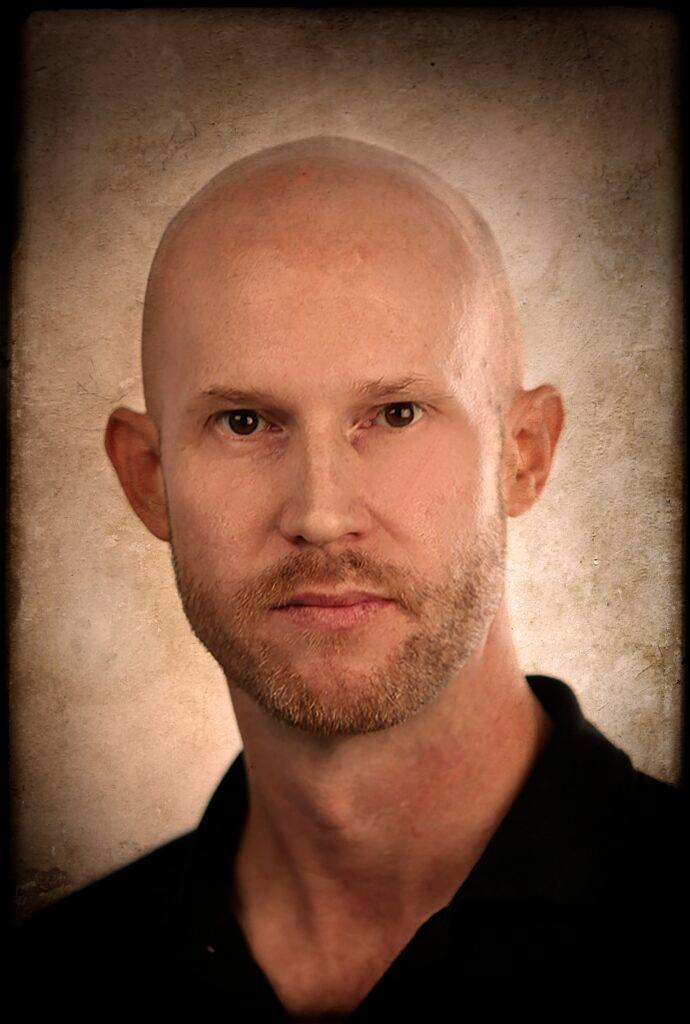
As a photojournalist, Taylor has worked in conflict zones in Kashmir, Afghanistan and Iraq. Those experiences gave him an idea of what happens to communities after a calamity like the Boulder shootings.
“It has made me a lot more sympathetic to people who experience trauma. When you witness it firsthand, and have done so repeatedly, you have a greater maturity and more understanding of the rippling effect.”
While the national attention faded quickly, Boulder’s residents are still coping with the tragedy.
“We’re still here,” Taylor said. “It happened in our backyard.”
The portrait gallery is meant to document the community’s pain and ongoing recovery, he said.
His current job as a professor at the nearby University of Colorado gave him the time and perspective to work on the project as those rippling effects became apparent.
Altogether, about 70 people appear in Taylor’s portraits, including Boulder’s police chief, dispatchers, King Soopers employees and customers, and mental health workers who have offered support since the shooting. None of the families who lost loved ones are pictured, although the invitation is open to them.
The Boulder Strong exhibit is open at the Museum of Boulder through April 10. Taylor also has a website featuring the photos and brief audio interviews with some of the people who posed for him.
“I’m reminded of the power of documentary as a vehicle for healing,” he said. “When we’re seen and when we’re heard, it helps connect us, and my hope is that it will make us be a bit kinder to each other.”



